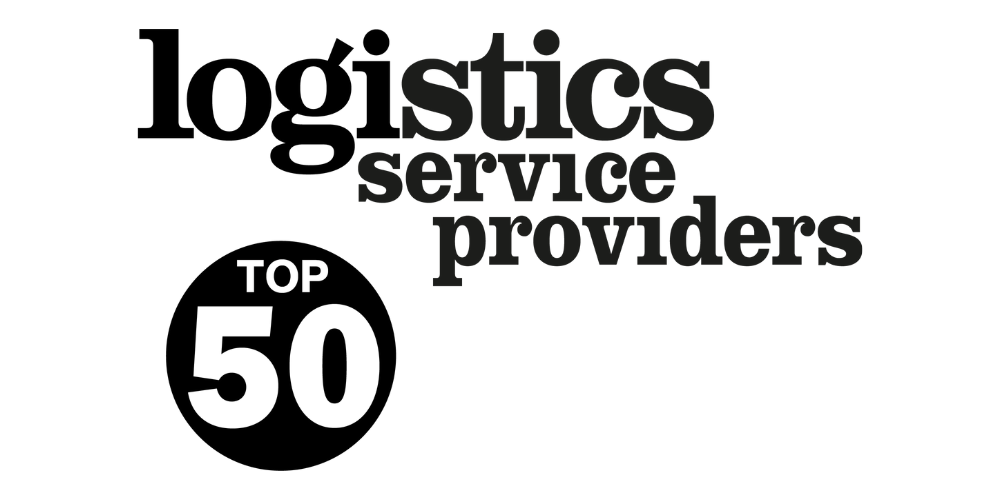With retailers planning their product assortments a year or two in advance, the implications of life outside the single market are already being considered by many leading players.
Arguments over whether the UK should stay in or out of a customs union with the EU continue to rage, but the clock is ticking and given the time scales involved in building new warehouses or establishing alternative supply chains it is hardly surprising that retailers are starting to hedge their bets.

For both multinational retailers and online pure-plays with a significant European sales base, the need for multiple distribution centres may be vital in future to service those customers from within the single market. According to Manhattan Associates UK managing director Craig Summers, it is something that more retailers are currently considering, “…but it demands granular visibility of stockholdings and good forecasting so that the merchandise is in the right place, as we obviously don’t know how easy it will be to transfer stock between a DC in the UK and one in the EU”.
It’s a strategy which many have already adopted. ASOS, for example, makes almost a third of its sales in the EU and had one DC in mainland Europe when it opened Eurohub 2 in Berlin last year. At peak the stockholding there reaches nine million units, while phase-2 of the development will double the site’s square footage. In future, fulfilling online orders for European customers from within the EU will abrogate any risk that shoppers will need to pay duty on their UK-despatched parcels when they’re finally delivered. There are few greater deterrents to cross-border shopping than a postman demanding additional cash before parting with the parcel.
Developing DCs takes time and some suggest that entrepreneurs in the Pas de Calais are already building new warehousing units in expectation of demand from UK companies seeking a post-Brexit European distribution base. Peter Ward, CEO of the UK Warehousing Association knows of DCs built on green field sites where it has taken up to two years for an electricity supply to be connected – which suggests that anyone planning a multiple-DC strategy should already be well on the way to securing and developing the necessary infrastructure. Well on the way, too, to achieving that “granular visibility” and improving demand forecasting skills so that the need to move stock across “hard borders” is avoided. And whatever happens to the Northern Ireland border, pure-plays may well opt for holding stock in the Republic since, according to a survey by the International Post Corporation last year, Irish shoppers make almost two-thirds of their online cross-border purchases from UK web sites. Potentially, that is an awful lot of parcels held up in customs.
“Securing” also becomes significant when it comes to new suppliers, with some leading UK supermarkets already looking at sourcing fresh produce from Indian farms. Currently the EU’s protectionist common external tariff (CET) puts duties of 10–15 per cent or more on those out-of-season fruits and vegetables from developing countries that fill our supermarket shelves. Bypassing the EU’s customs union in future, means that these goods could be imported into the UK tariff free – and thus rather cheaper for consumers than at present. So, if leading players are already searching for alternative suppliers in more distant parts of the globe what should their competitors do? As Jonathan Reynolds, academic director of the Oxford Institute of Retail Management says: “There is so much uncertainty about the final deal that retailers do not know how radical they will have to be. Do they find non-EU sources now to provide continuity or wait and see – and find that they’ve lost out to competitors who have already signed up all those Indian farms?”
It seems that many retail buyers are adopting the approach that if goods will have to go through customs anyway, then they might as well source more widely and get better deals outside the EU than shopping within it. It is a strategy which is already concerning some in the EU. Ray Gaul, vice-president for research and analytics at Kantar highlights the EU’s wholesale dairy industry, which is rather fussed that British ice-cream makers might in future opt for milk from non-EU sources. CET can reach €182 per 100kg on some categories of bulk milk so buying from elsewhere could produce major savings: as he says, “EU suppliers are very worried”.
While politicians continue to argue over “red lines”, complex customs procedures or technology solutions of which they clearly have little real understanding, retailers live in the real world and need to keep their shelves filled and their customers happy. Expanding the number of suppliers from non-EU countries is clearly an option being considered by many – as is maintaining a European base for handling local fulfilment. The major players are already doing both. For those lower down the size scale collaborative developments may be key – which, one imagines, is something the logistics service providers might already be offering?
This article first appeared in Logistics Manager, June 2018




